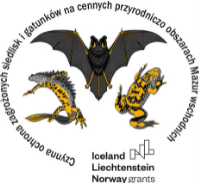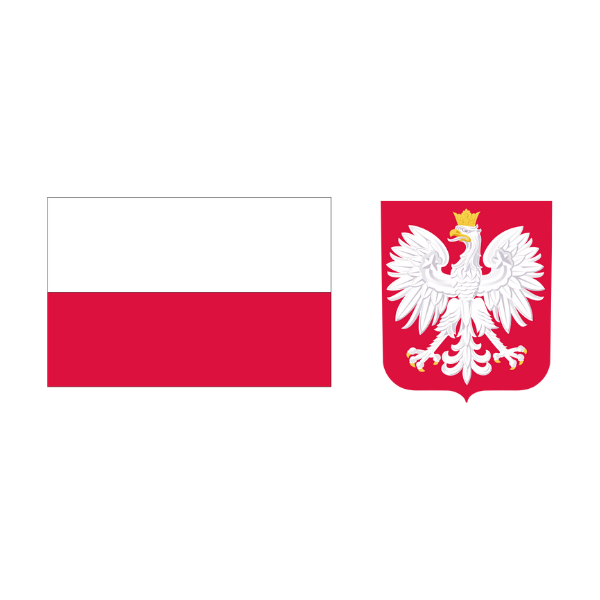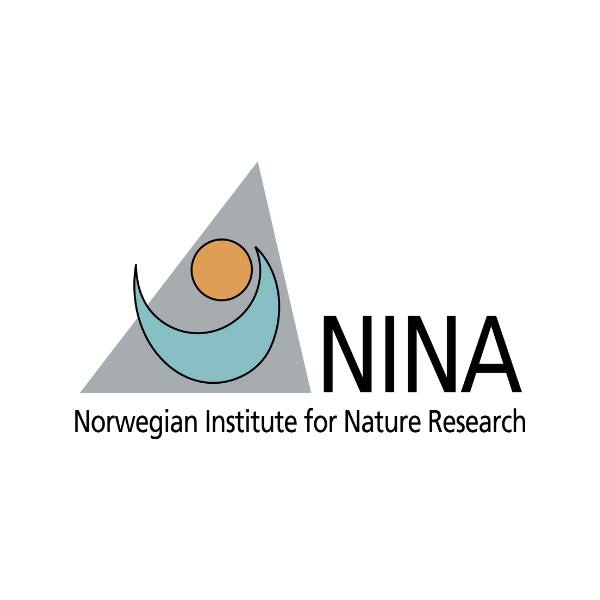Spitsbergen and beyond
The island of Spitsbergen is not alone in the Arctic Ocean; it is part (and admittedly the largest) of the Svalbard archipelago, located 700 km north of the coast of Norway. Six of the seven national parks are located on Spitsbergen, and the entire archipelago includes another 22 protected natural areas. In 1973, when the first national parks were founded on Spitsbergen, their total area occupied 50% of the archipelago’s territory; in the 2000s it was expanded to 65%. This place has really been almost untouched by civilization.
The northernmost point of Norway, located near the Arctic Circle, is certainly of interest to tourists, but traveling there on your own can be life-threatening – alas, there is a very high probability of encountering a polar bear. Everyone who wants to visit this Arctic corner simply must know how to behave in such a meeting, and also have means of repelling and protection. That is why it is preferable to join an organized group going on an excursion on a cruise ship, kayaking or on foot – in this case, the organizers take care of the safety of tourists.
In summer people come here to see the “white” nights with their own eyes, and in winter they come here to “hunt” for the northern lights. Of course, this happens in natural scenery of exceptional beauty and scale. In addition to the “sharp mountains” (Spitsbergen literally translated from Dutch), which impressed Willem Barentsz, the discoverer of the archipelago, in 1596, the Arctic landscapes are made up of massive glaciers, majestic fjords and lunar-like landscapes.
Plants on Spitsbergen is extremely sparse due to the icy breath of the Arctic Circle, but the existing representatives of the flora are practically single specimens on a global scale. The rarest plants should be found in the Indre-Vijdefjorden National Park.
In the Forlandet National Park (on Prince Charles Island) you can find a number of important cultural monuments associated with Norwegian and Russian whaling. It is also home to the world’s northernmost seal population.
Nordenskjöld Land Park is an important bird area with habitats for waders, ducks and geese. The local coastline and the “bird mountain” Ingeborgfjellet are included in the European BirdLife International list.
The most populated park in Svalbard is Nordre-Isfjorden Park: many tour operators have tent camps here for summer trekking and kayaking excursions, and local residents use this area for hunting geese and grouse, as well as for catching Arctic char. By the way, the already mentioned lunar-like landscapes are also here.
Norwest Spitsbergen National Park (Northwest Spitsbergen) is the very place where Barentsz landed. And the legendary sharp mountains still welcome travelers. During the short summer season, between 15,000 and 20,000 people come ashore here, it`s a record for the archipelago. Magdalenfjord and the old cemetery, where the remains of about 130 whalers rest, are the main attractions.
The Sassen-Bünsow Land National Park is the center of winter snowmobile excursions, which are offered literally every day. Traffic here is quite heavy during the tourist season, and the number of photos tagged #Sassen-Bünsow on social networks indicates that this is the most photographed place in the archipelago.
Sør Spitsbergen National Park covers the entire southern part of the island and is a very important migratory route for polar bears from east to west. The history and traces of whaling from the 17th century are carefully preserved here – ovens for rendering fat, skeletons of sea giants, etc. The relatively mild climate and the protection of the Alpine mountains favor colonies of seabirds, and also provide a place to rest for migratory flocks.
The Svalbard archipelago is a unique location for international research work. According to the Treaty of Paris, signed in 1920, more than 40 countries have an equal right to use the natural resources of the islands under Norway’s jurisdiction and conduct scientific research activities.
Poland joined the treaty in 1931, and today there are five Polish scientific centers operating on Svalbard, including the Polar Station of the Marie Curie-Skłodowska and Nicolaus Copernicus universities.
Many thanks for amazing photos to: Kim Abel, Bård Bredesen, Jørn Henriksen, Georg Bangjord, Sysselmannen på Svalbard, Marie Lier, Odd Harald Hansen.







